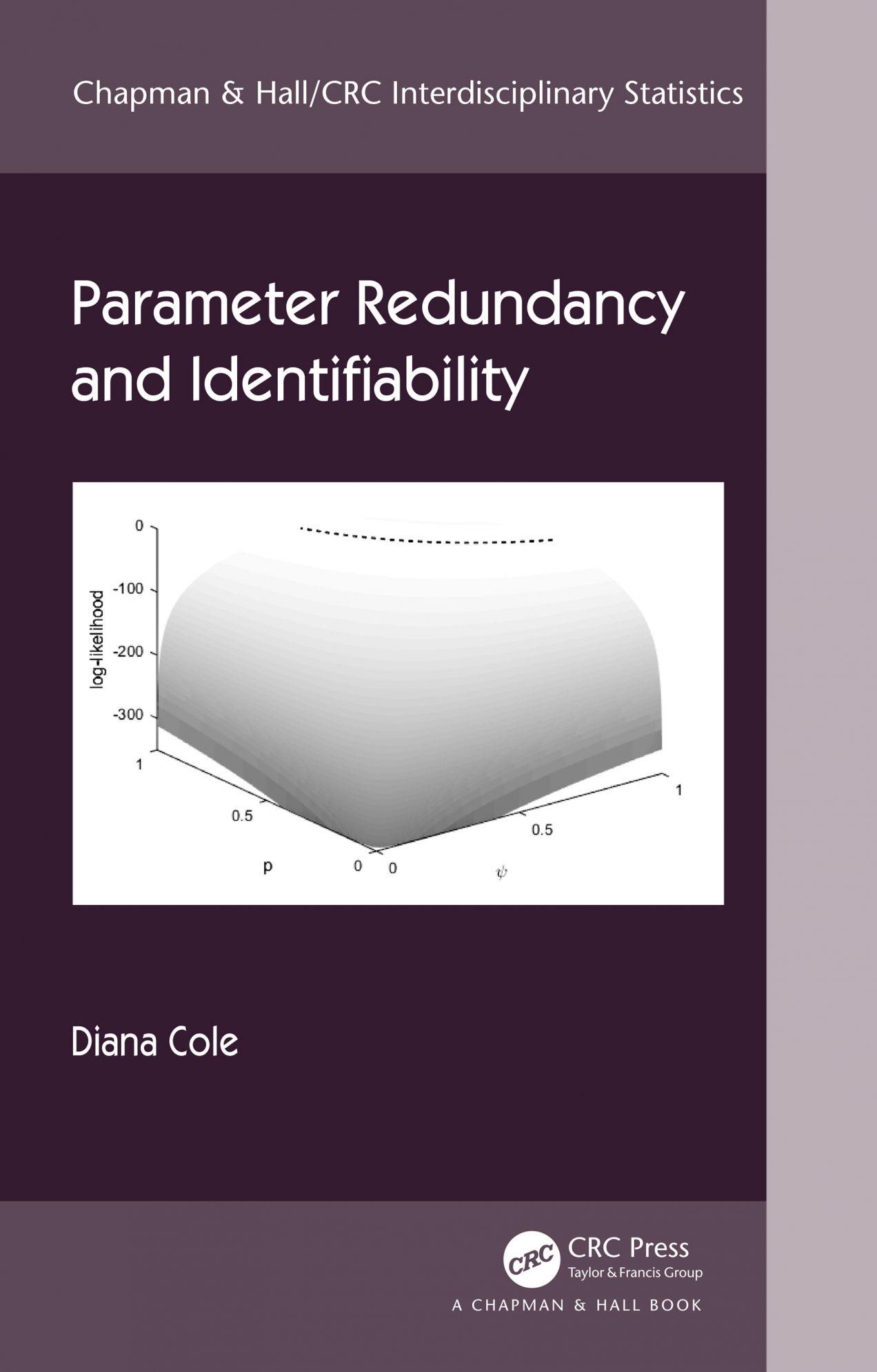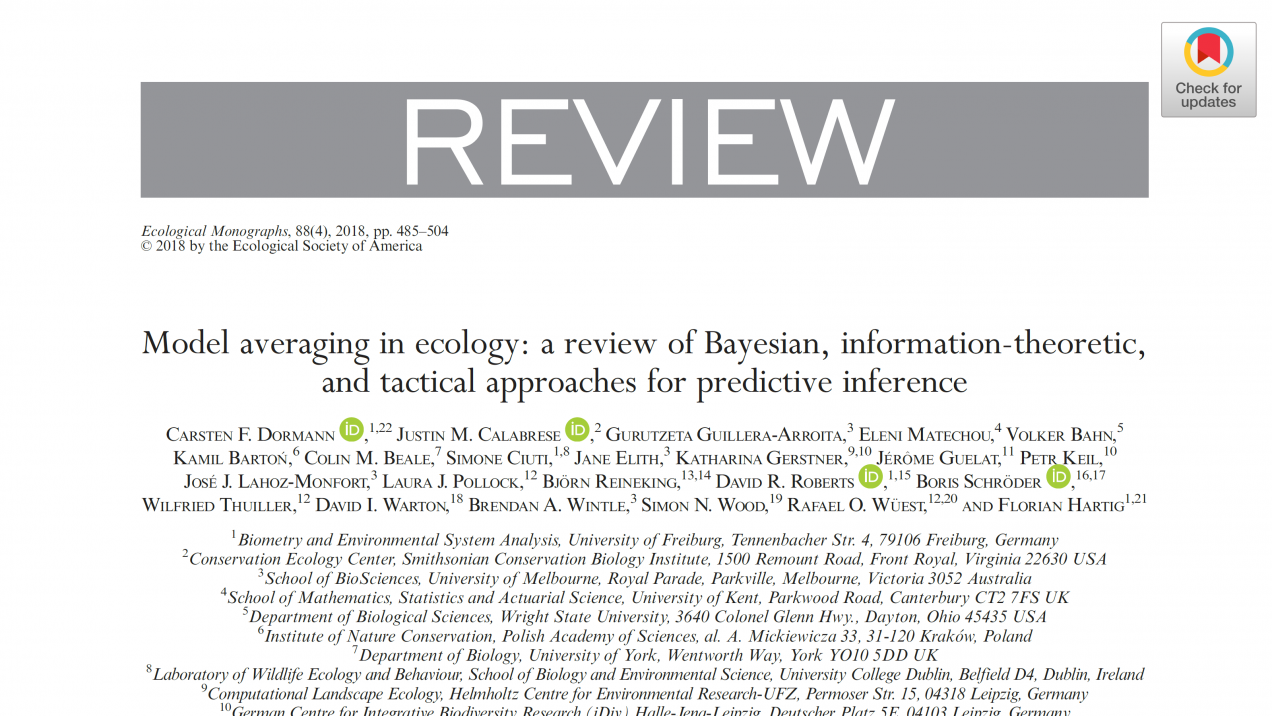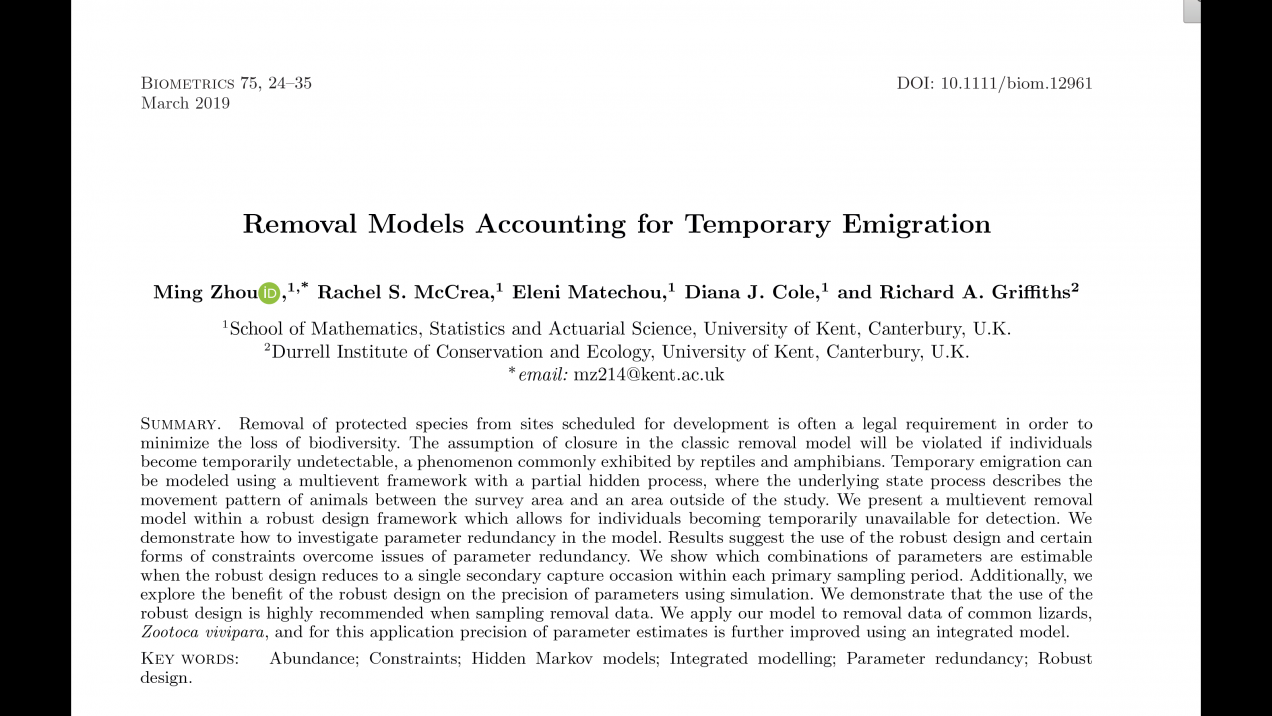The paper Size‐ and stage‐dependence in cause‐specific mortality of migratory brown trout by Chloé R. Nater, Yngvild Vindenes, Per Aass, Diana Cole, Øystein Langangen, S. Jannicke Moe, Atle Rustadbakken, Daniel Turek, Leif Asbjørn Vøllestad and Torbjørn Ergon was published in Journal of Animal Ecology.
Abstract
- Evidence‐based management of natural populations under strong human influence frequently requires not only estimates of survival but also knowledge about how much mortality is due to anthropogenic vs. natural causes. This is the case particularly when individuals vary in their vulnerability to different causes of mortality due to traits, life history stages, or locations.
- Here, we estimated harvest and background (other cause) mortality of landlocked migratory salmonids over half a century. In doing so, we quantified among‐individual variation in vulnerability to cause‐specific mortality resulting from differences in body size and spawning location relative to a hydropower dam.
- We constructed a multistate mark–recapture model to estimate harvest and background mortality hazard rates as functions of a discrete state (spawning location) and an individual time‐varying covariate (body size). We further accounted for among‐year variation in mortality and migratory behaviour and fit the model to a unique 50‐year time series of mark–recapture–recovery data on brown trout (Salmo trutta) in Norway.
- Harvest mortality was highest for intermediate‐sized trout, and outweighed background mortality for most of the observed size range. Background mortality decreased with body size for trout spawning above the dam and increased for those spawning below. All vital rates varied substantially over time, but a trend was evident only in estimates of fishers’ reporting rate, which decreased from over 50% to less than 10% throughout the study period.
- We highlight the importance of body size for cause‐specific mortality and demonstrate how this can be estimated using a novel hazard rate parameterization for mark–recapture models. Our approach allows estimating effects of individual traits and environment on cause‐specific mortality without confounding, and provides an intuitive way to estimate temporal patterns within and correlation among different mortality sources.




